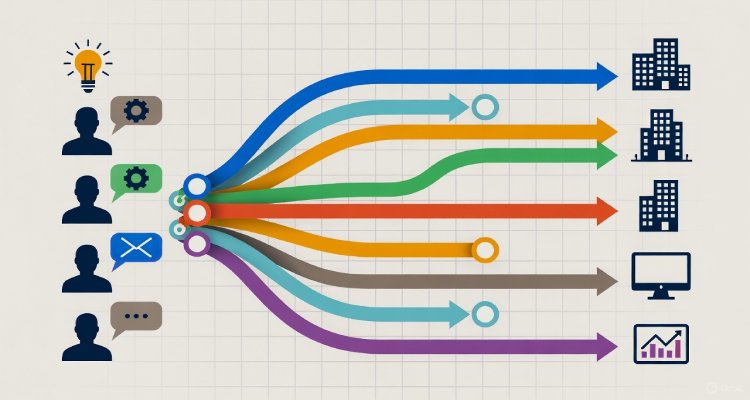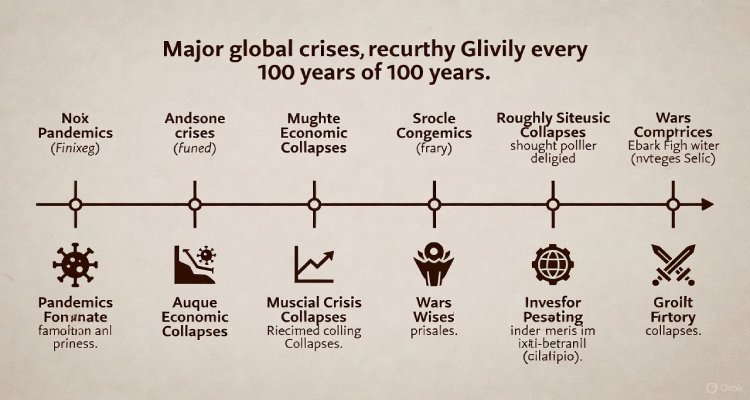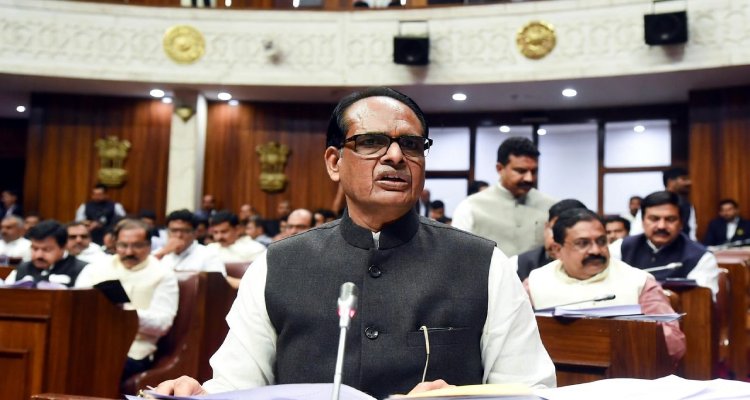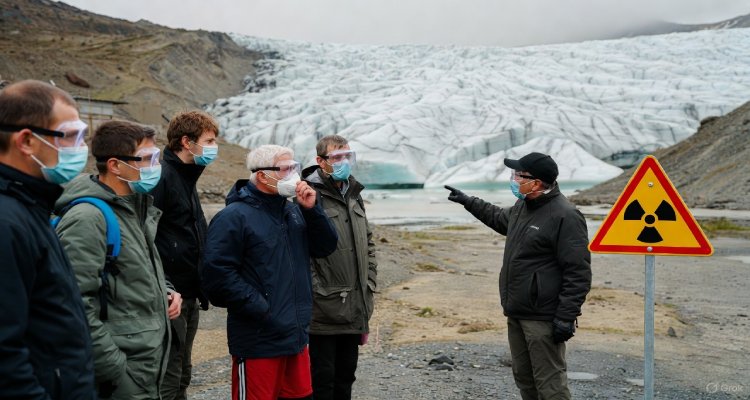Teaching Minds in the Age of Machines: Critical Thinking in an AI World
As AI reshapes education, teaching critical consciousness becomes essential. Here’s how educators are adapting to foster deeper awareness in the algorithm age.
Introduction: Beyond Digital Literacy
In a world increasingly guided by artificial intelligence, teaching kids how to code isn’t enough. As algorithms quietly shape the content we see, the choices we make, and the way we think, a more urgent educational need is emerging: critical consciousness. This deeper cognitive awareness—once the domain of philosophers and activists—is now finding a crucial place in classrooms where digital tools dominate the learning process.
The New Curriculum: Understanding the Algorithmic Ecosystem
The rise of AI-powered platforms like ChatGPT, TikTok, and personalized learning apps has transformed how students access knowledge. However, the same tools that empower learning also subtly influence it. From curated news feeds to automated grading, algorithms are not neutral—they reflect the values, biases, and limitations of their creators.
Educators are beginning to recognize that teaching “how to use AI” must evolve into teaching “how AI uses us.” This distinction underpins the movement to foster critical consciousness: the ability to question, analyze, and challenge the social and technological systems that influence our lives.
The concept isn’t new. Brazilian educator Paulo Freire introduced critical pedagogy in the 1970s, advocating for education as a tool for liberation. But in the 21st century, his ideas are being reborn in the context of machine learning and data surveillance.
From STEM to Ethics: The Shift in Educational Priorities
Schools across the U.S. and globally are beginning to integrate courses that examine the ethical, social, and political dimensions of AI. In New York, high school students in pilot programs analyze how facial recognition tools might perpetuate racial bias. In California, middle schools are embedding media literacy units that unpack algorithmic influence on YouTube recommendations.
Organizations like MIT’s Media Lab and Harvard’s Berkman Klein Center for Internet & Society are creating open-access curricula to help educators teach AI not just as a tool, but as a system embedded with values and consequences.
Dr. Ruha Benjamin, a professor at Princeton and author of Race After Technology, emphasizes this shift:
“We’re not just coding machines; we’re coding values into them. Our students must learn to recognize and interrogate those values.”
This push isn’t about fear-mongering or technophobia. Rather, it’s about equipping students with the mindset to ask: Who benefits from this technology? Who might be harmed? What choices were made in building it?
Voices from the Frontlines: Educators and Students Respond
High school teacher Amina Lopez, who leads a digital ethics class in Austin, Texas, said she initially encountered resistance when introducing algorithm critique to her curriculum.
“Parents thought I was anti-technology,” she recalls. “But once they saw their kids come home questioning the way their For You page works, or how AI decides what’s ‘appropriate’ content, they understood. We’re not pushing an agenda. We’re teaching awareness.”
Students, too, are embracing the shift.
“I never thought about who made the algorithms behind Instagram,” said Jordan, a 10th-grader in Lopez’s class. “Now I can’t unsee it. It’s like learning a new language.”
In universities, the trend continues. Institutions like Stanford and Carnegie Mellon now offer cross-disciplinary courses that blend computer science with philosophy, sociology, and race studies—ensuring future engineers understand the ethical weight of their work.
The Broader Implications: Equity, Democracy, and Autonomy
This educational transformation has far-reaching consequences. A generation that understands how algorithms work—and who they might marginalize—is more likely to demand accountability from tech companies and governments. It strengthens democratic engagement, supports equity, and challenges the status quo.
AI systems often reinforce existing power structures: predictive policing targets communities of color; hiring algorithms penalize non-traditional resumes; language models reproduce stereotypes. Without a critical lens, students risk becoming passive participants in a world that’s already being decided for them by invisible code.
Moreover, teaching critical consciousness helps resist AI’s potential to deskill and depersonalize learning. Instead of reducing students to data points, it centers their agency and humanity.
What Happens Next? The Urgent Need for Policy and Training
While momentum is building, challenges remain. Most educators have not been trained to teach AI ethics or digital justice. Curriculum guidelines are sparse, and funding is limited.
Advocates are calling for systemic support. The Center for Humane Technology, for example, is lobbying for federal and state education departments to mandate algorithmic literacy as part of digital citizenship standards.
Professional development programs are emerging to meet demand. Initiatives like TeachAI and the AI4K12 movement provide workshops, lesson plans, and teacher communities focused on fostering both technical skills and social critique.
Still, widespread adoption requires political will, school board buy-in, and public understanding.
Conclusion: Raising Thinkers, Not Just Users
As artificial intelligence continues to evolve, the question for educators isn’t whether to teach AI—but how. Should we focus solely on job-readiness and tech fluency? Or should we also nurture the skills to question power, recognize injustice, and imagine better systems?
The answer may shape not just the future of education, but the future of democracy itself.
Teaching critical consciousness in the algorithm age is not just a pedagogical trend—it’s a civic imperative.
Disclaimer: This article is for informational purposes only and does not constitute legal, educational, or technological advice. Always consult official educational guidelines or professional educators for curriculum planning.











